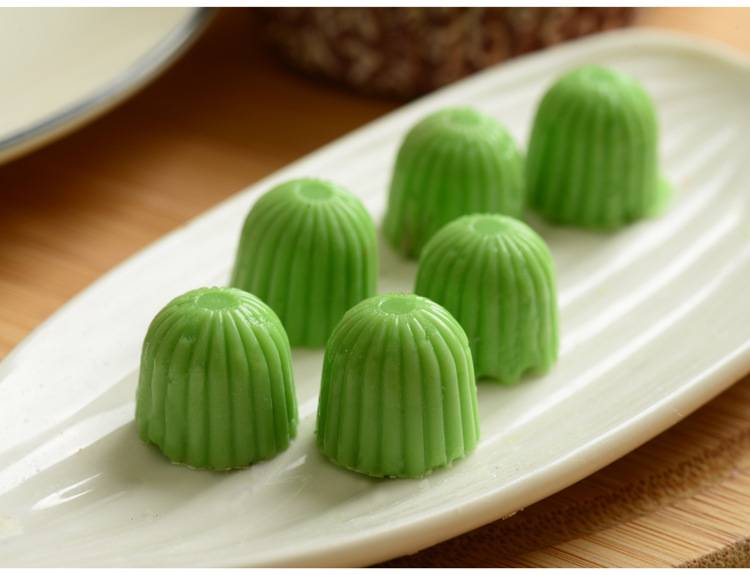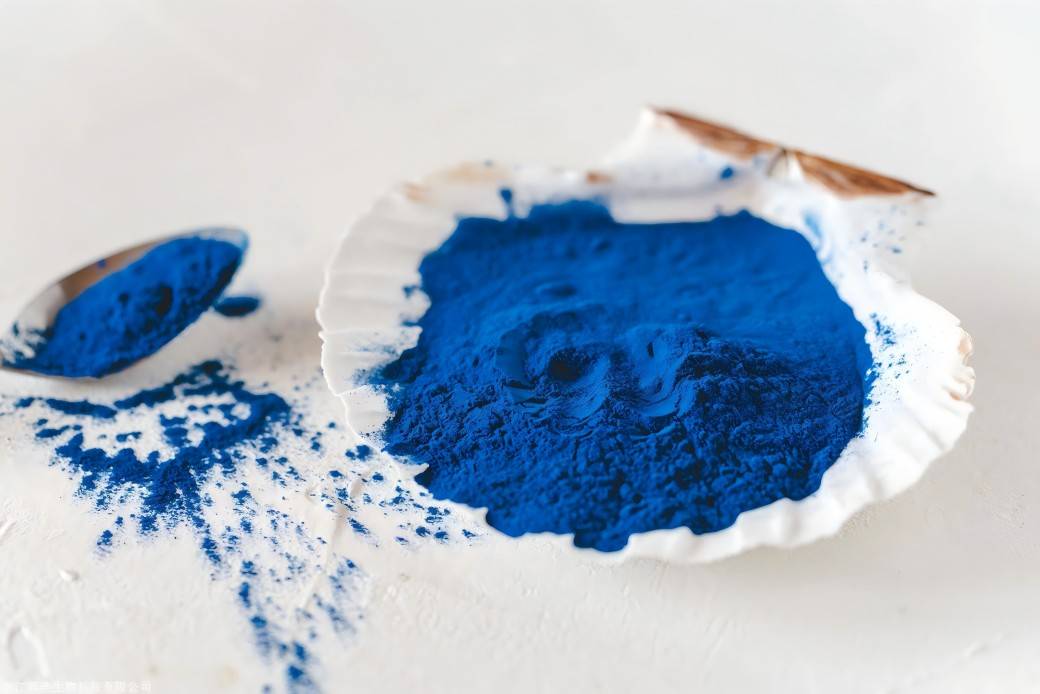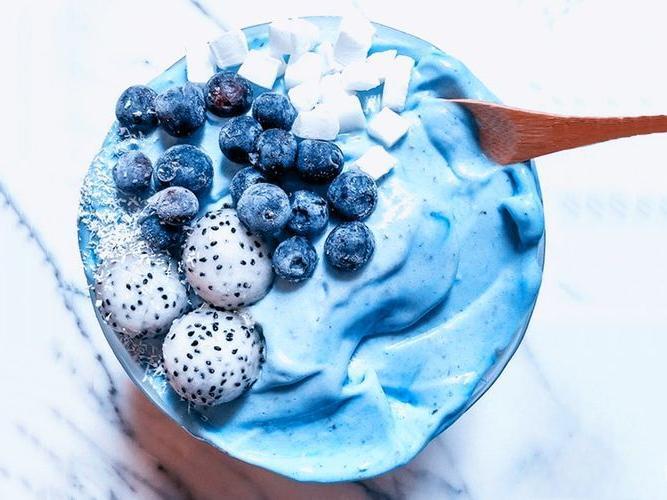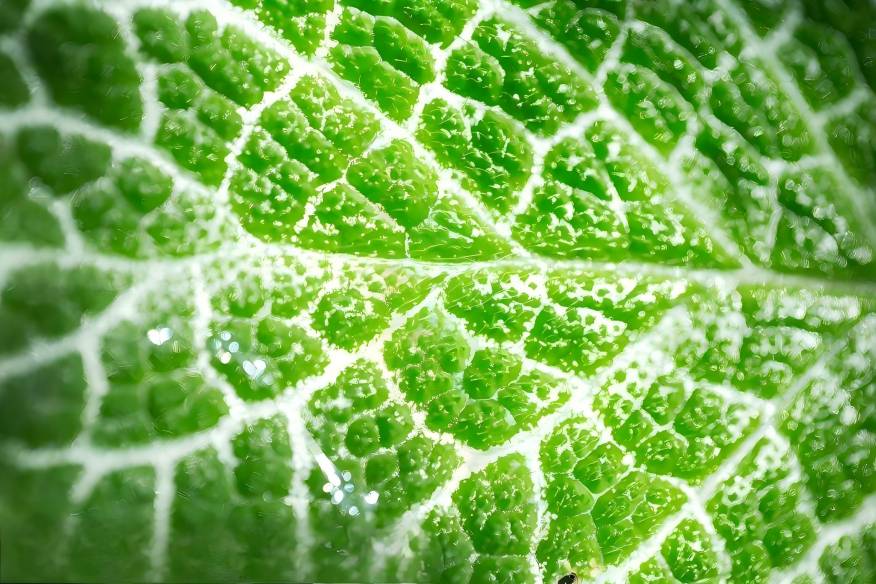What Is Chlorophyll?
1. Preface
Chlorophyll and its derivatives are a class of cyclic tetrapyrrole compounds containing a pentone ring. The derivatives mainly refer to the replacement of the central magnesium atom of chlorophyll by metal ions such as palladium, zinc, copper, nickel, cobalt, iron, etc., to form derivatives that are stable to light and heat, while also losing fluorescence. Due to their functional and structural characteristics, they have a wide range of physiological activities and have become a class of natural organic compounds with multiple uses. They are widely used in medicine, food, and daily chemicals.
Since the 1950s, China has been researching and developing the extraction of chlorophyll from silkworm dung and the preparation of its derivative products. Currently, there are drugs such as “Lianbao”, “Lianxuebao”, “Weiganlv” and “Weikang U”; and in the food and daily chemical industries, there are “Jieyin toothpaste”, “Huangqin toothpaste” and “Chlorophyll toothpaste”. The development of these products has created great economic benefits for society. With the deepening of research on chlorophyll and its derivatives, it has been found that they have extremely broad development potential in the fields of medicine and healthcare, food and daily-use chemicals, etc. Further development of these products will create considerable social and economic benefits for society. This paper intends to provide a general overview of the applications of chlorophyll and its derivatives in medicine, food and daily-use chemicals.
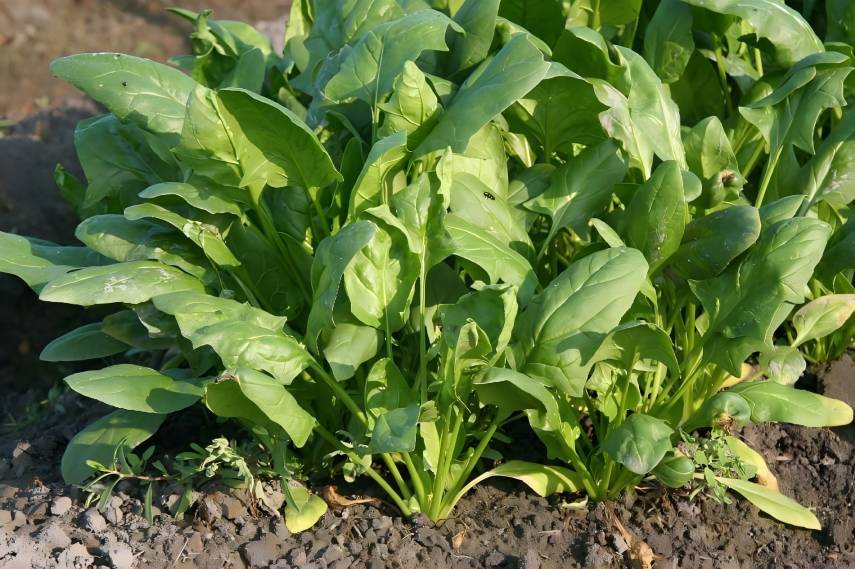
2. Applications of chlorophyll and its derivatives in medicine
2.1 Chlorophyll
2.1.1 Anti-mutagenic activity
In recent years, it has been found that the anti-mutagenic effect of wheat germ or extracts of certain vegetables (such as spinach) is related to the chlorophyll they contain. It is now more certain that chlorophyll can resist both translocation mutations and base point mutations [1]. Chlorophyll has a suppressive effect on many mutagens and carcinogens (e.g. N'-nitro-N'-nitrosoguanidine,N-nitrosomethylurea,7,12-dimethylbenz[a]anthracene, pyrrolo[a]pyrene, 4-nitroquinoline-1-oxide, aflatoxin B1, diethylnitrosamine, phenobarbital, nicotine, etc.) have a suppressive effect. In addition, it can also inhibit the mutagenic effects of many complex mixtures that are often encountered in daily life environments and diets, such as fried beef, fried lamb extract, cigarette smoke, snuff, dust, and diesel engine exhaust particles.
The chlorophyll metabolite chlorophyllin also has the same antimutagenic effect. When the chlorophyllin content of a copper sodium chlorophyllin solution is equivalent to the chlorophyll content of a vegetable extract, the antimutagenic activity is also the same, indicating that the antimutagenic activity of chlorophyll is mainly determined by the porphyrin ring structure and is not related to the nature of the metal atoms complexed in the ring and the phytol side chain.
Sen [¹¹ studied the effect of chlorophyllin on the inhibition of chromosomal breaks in mouse bone marrow cells induced by nicotine. When chlorophyllin was used alone, no chromosomal breaks were observed even at a dose of 1.50 mg/kg body weight after 6 hours. When nicotine and chlorophyllin (1.25 and 0.77 mg/kg body weight) were given together, the frequency of chromosomal aberrations was significantly lower than normal.
Breinholt [22] and others studied the inhibitory effect of chlorophyllin on aflatoxin, which causes liver cancer. The results showed that chlorophyllin is an effective and sensitive inhibitor of aflatoxin B₁ DNA oxidation and the induction of liver cancer in rainbow trout models.
Chlorophyll is a green pigment found in plants. It is non-toxic and non-mutagenic, but has the ability to prevent and resist mutagens and carcinogens. Chlorophyll therefore plays an important role in protecting the human body from the harmful effects of environmental mutagens and carcinogens. It is clear that adding chlorophyll to the diet can prevent and treat the harmful effects of environmental factors on the human body.
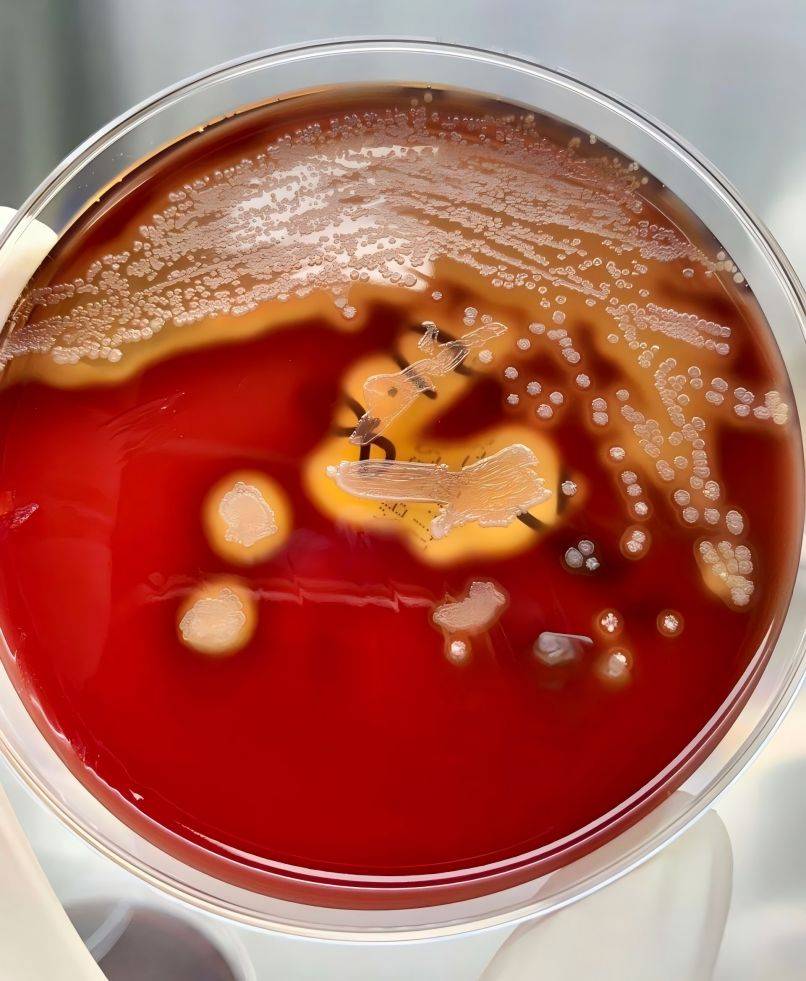
2. 1.2 Anti-Y-ray mutagenesis
Morales [13 [43 reported that chlorophyllin has an inhibitory effect on γ-ray mutagenesis. A dose of 100 μg chlorophyllin/g mouse body weight can effectively prevent the exchange of sister chromatid monomers induced by 1.0 Gy of Y-ray in mouse spermatogonia and bone marrow cells. In addition, Abraham [15] reported that chlorophyllin can effectively reduce Y-ray induced chromosome breaks.
2.1.3 Antitumor effect
In the past decade, chlorophyllin compounds have been used to treat tumors, and their application as anticancer drugs has attracted much attention.
Chlorophyll and its derivatives can accumulate in tumors in animals, inhibit the association of tumor DNA, and hinder tumor cell proliferation. In addition, they can produce singlet oxygen, which has cytotoxic effects, and oxidize and inactivate biological macromolecules in tumor tissue. They can also damage tumor microvessels and block tumor blood supply, which leads to tumor cell damage and death in many ways [2]. Pheophorbide a has a stronger photosensitizing killing effect on cancer cells cultured in vitro than hematoporphyrin derivatives [16]. Hu Longqin [3] reported the preparation of a new tumor photochemical diagnostic agent, pheophorbide a, from a paste of silkworm excrement and chlorophyll as a raw material, its photochemical properties and its obvious selective retention in tumors. In addition, it has a good photodynamic killing effect on cancer cells cultured in vitro and solid tumors in animals.
The anticancer activity of sodium copper chlorophyllin has been reported in earlier years for its function of regulating the decrease in liver touch enzyme activity and inhibiting the increase in transaminase activity. Studies have shown that sodium copper chlorophyllin, like chlorophyllin, has an inhibitory effect on a variety of mutagens and carcinogens. Sodium copper chlorophyllin can antagonize some common carcinogens such as coal dust, airborne particulate matter, tobacco, and barbecued meat. Its antagonistic effect is even greater than that of common anti-mutagens such as β-carotene, vitamin C, and vitamin E [4, but so far the mechanism of its anti-mutagenic activity is unclear.
2.2 Sodium copper chlorophyllin
2.2.1 Treatment of liver damage
Sodium copper chlorophyllin can prevent or treat carbon tetrachloride-induced liver damage in animals and promote the recovery of damaged liver function. Sato [17] used CCl₄ to induce liver damage. In mice pretreated with sodium copper chlorophyllin, CCl₄-induced lipid peroxidation in liver microsomes was significantly reduced, and also inhibited the increase in CCl₄-induced immune serum levels, glutamine-pyruvate and glutamate-pyruvate transaminase and isocitric dehydrogenase levels, as well as the increase in triglyceride levels. In addition, the activity of hepatic tryptophan pyrrolase was correspondingly reduced.
A large number of research results have shown that sodium copper chlorophyllin has a significant therapeutic effect on jaundice and infectious hepatitis. A series of animal pathophysiological tests have also demonstrated that sodium copper chlorophyllin has a protective effect on the liver and can promote the recovery of liver function.
2.2.2 Treatment of gastric and duodenal ulcers
Sodium copper chlorophyllin has a good effect on gastric and duodenal ulcers. It can promote the healing of gastric and duodenal ulcer wounds, be easily adsorbed by gastric mucosa, have a revitalizing effect on cells, enhance the regenerative ability of ulcer wounds, promote the formation of new granulation tissue, and protect the newly exposed granulation tissue from the erosion of pepsin. In China, sodium copper chlorophyllin has been used in combination with other drugs to prepare chlorophyllip tablets and Weiganlu since 1960. Clinical trials have shown that it is effective with no side effects or allergic reactions. Recently, it has also been learned that chlorophyll derivatives have a significant bacteriostatic effect on Helicobacter pylori. A lot of research has also been done abroad in this area. Kameya, Takasaki and Tasaka in Japan have successively used sodium copper chlorophyllin to treat gastric ulcers, peptic ulcers and gastritis, with good results [S].
2.2.3 Treatment of blood diseases
The effect of copper sodium chlorophyllin in treating anemia has been confirmed in animal and clinical trials, and it can be used by the body to promote the regeneration of hemoglobin. Bordes [18] observed the therapeutic effect of copper sodium chlorophyllin on 44 children with hypochromic anemia (low-color anemia) and leukopenia and hypochromic anemia. After 20 days of continuous administration of 1 mg/day sodium copper chlorophyllin, the levels of copper, iron, white blood cells and red blood cells in the blood returned to normal. In addition, sodium copper chlorophyllin is also effective in treating copper deficiency anemia [19]. Wei Kemin, a professor at the Zhejiang Institute of Pharmaceutical Research, began researching medicines for the treatment of blood diseases in the early 1980s. In 1985, he developed the sodium copper chlorophyllin preparation “Lianxuebao” for the treatment of leukopenia. Later, it was discovered in experiments that chlorophyll could increase the number of pluripotent stem cells, erythroid progenitor cells, and granulocyte progenitor cells, and repair and regenerate bone marrow stromal cells. Therefore, based on the research of “Lianxuebao”, “Xiezhaping” was developed to treat aplastic anemia [6].
Sodium copper chlorophyllin can inhibit the hemolytic effects of various toxins (such as habu-toxin [20], cobratoxin [21], and staphylococcus alpha-toxin [22]) in the body, as well as the hemolytic reactions of certain chemicals (such as neuraminic acid galactoside [233]). It can be seen that sodium copper chlorophyllin can be used to prevent and treat hemolytic symptoms caused by toxins or toxic chemicals.
2.2.4 Treats nephritis and improves tolerance to renal ischemia
Sodium copper chlorophyllin can inhibit proteases in polymorphonuclear neutrophils and also regulate the complement system. It can cause a stress response in the kidneys and thus improve immunity. It has a good therapeutic effect in treating nephritis.
Hoelscher[24] pre-treatment with sodium copper chlorophyllin made mice more tolerant to renal ischemia, reduced the increase in blood urea nitrogen and creatinine levels caused by renal ischemia, and showed membrane stabilizing and lysosome autolysosome inhibitory effects.
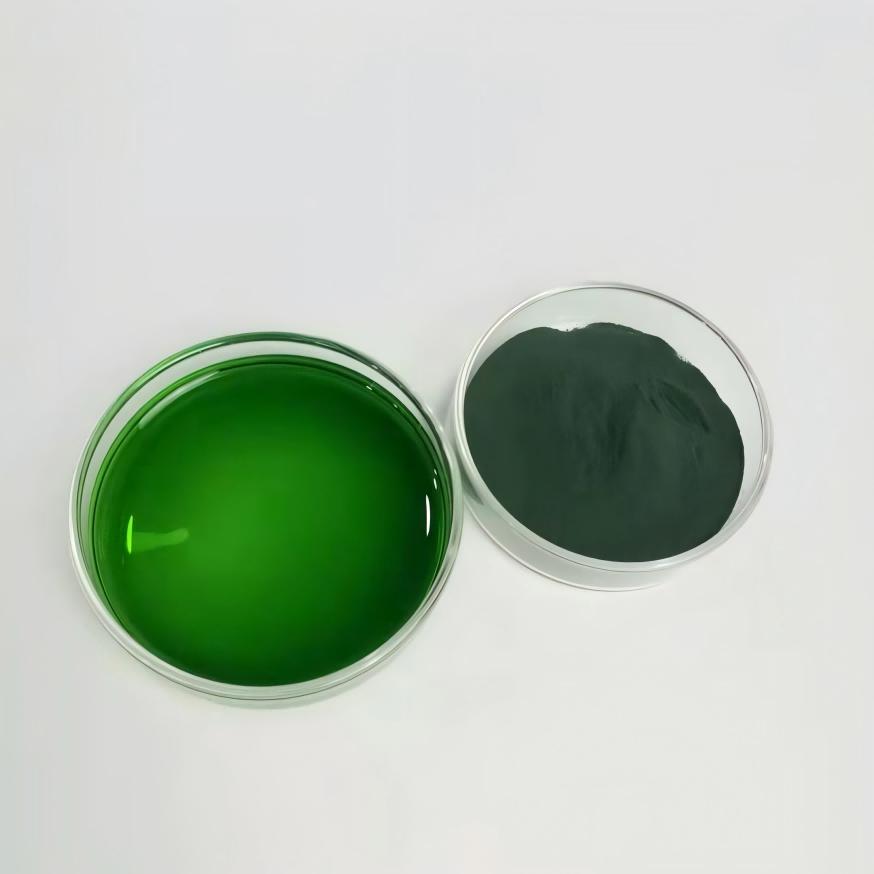
2.2.5 Treatment of urolithiasis
Sodium copper chlorophyllin can block the formation and dissociation of calcium oxalate crystals in the urine. Tawaxh[25][26] reported that sodium copper chlorophyllin can inhibit the formation of calcium oxalate crystals in the urine. At a low dose of 20 μg/ml, sodium copper chlorophyllin can inhibit the formation of calcium oxalate crystals and prevent them from turning into the more stable calcium oxalate stone with crystal water. Clinical trials have also demonstrated the therapeutic value of sodium copper chlorophyllin for the prevention of stone formation in patients with hyperoxaluria.
2.2.6 Anti-obesity
Chlorophyllin and its metal derivatives, such as sodium copper chlorophyllin, can inhibit the activity of lipase, so they are promising as a class of weight-loss drugs and foods. Shimwra²⁷ fed mice with high-fat food containing 0.3% sodium copper chlorophyllin, and no weight gain was observed after 4 weeks.
2.2.7 Inhibit microorganisms
Copper sodium chlorophyllin inhibits the growth of staphylococci, streptococci and lactobacilli; it also has an inhibitory effect on certain gram-positive bacteria. In terms of its wound-healing effect, it inhibits the growth of wound microorganisms and promotes the growth of healthy granulation tissue, thereby promoting wound healing. Since sodium copper chlorophyllin can effectively inhibit the growth of certain oral microorganisms, and it also has the effect of eliminating bad breath in the mouth and respiratory tract, it is highly effective in preventing and treating oral diseases such as tooth decay, pyorrhea, bad breath, and periodontitis.
2.3 Sodium iron chlorophyllin
Chlorophyll and heme have similar porphyrin ring structures. Iron is an indispensable element for the synthesis of hemoglobin, so it is believed that sodium ferric chlorophyllin has specific advantages in the treatment of blood diseases.
Sodium ferric chlorophyllin has the effect of stimulating the bone marrow and promoting blood production; it participates in the synthesis of hemoglobin and has a certain effect on the treatment of aplastic anemia and iron deficiency anemia; it can promote the increase of white blood cells in the blood, and it also has a certain effect on patients with low white blood cells due to radiation therapy. In addition, Sumi [26] reported that sodium ferric chlorophyllin can inhibit the activity of plasmin and thrombin in the blood. Liu Xueli] and others studied the effect of sodium ferric chlorophyllin on bone marrow hematopoietic cells and its efficacy in experimental anemia in mice. The results showed that sodium ferric chlorophyllin has a stimulating effect on blood production and and can also reduce the decrease in peripheral red blood cells and hemoglobin in mice with hemolytic anemia caused by acetylphenylhydrazine. In rats with hemorrhagic anemia treated with sodium ferric chlorophyllin, the peripheral red blood cells and hemoglobin are significantly increased, the proportion of reticulocytes is reduced, and the serum iron level and transferrin saturation are increased, indicating that it has a good therapeutic effect on experimental anemia in animals.

Sodium ferric chlorophyllin can reduce the activity of drug metabolic enzyme systems (aminopyrine, N-demethylase, aniline hydroxylase) and cytochrome P-450 in living microsomes [29]; it can treat atherosclerosis, nephritis, diabetes, etc., which are induced by active oxygen, and can inhibit the formation of active oxygen in the hypoxanthine system [30]. Kariya [31] also reported that iron porphyrin has superoxide dismutase (SOD)-like activity.
2.4 Sodium cobalt chlorophyllin
Sodium cobalt chlorophyllin has similar functions to vitamin B₁₂. In the body, it not only inhibits the decrease in white blood cells, but also promotes an increase in their number. Japanese Terada [S] investigated the effect of sodium cobalt chlorophyllin on the release of pseudo-eosinophils from the bone marrow to the peripheral blood vessels. The results showed that after injection of sodium cobalt chlorophyllin, the neutrophil count increased by 9.01, which greatly exceeded the normal critical value.
Sodium cobalt chlorophyllin has the function of preventing and treating radiation damage. Japan has studied the effect of chlorophyllin preparations on preventing radiation damage in rabbits. When rabbits were irradiated with a lethal dose of radiation and injected with 10 chlorophyll preparations, including sodium cobalt chlorophyllin, cobalt methionine chlorophyllin, adenine cobalt chlorophyllin, gold chlorophyllin, copper chlorophyllin, and zinc chlorophyllin, the results showed that sodium cobalt chlorophyllin had the best radiation prevention effect [5].
Japan used sodium cobalt chlorophyllin to treat 90 patients with blood diseases caused by the atomic bomb explosion. The results showed that except for those with hyperchromic anemia, the bone marrow examination of the remaining patients was normal.
Imai [29] reported that sodium cobalt chlorophyllin, like sodium iron and sodium copper chlorophyllin, has the function of inhibiting the enzyme system of drug metabolism.
Like sodium copper chlorophyllin, sodium cobalt chlorophyllin has an anti-cancer effect. Oral administration before radiotherapy can reduce the side effects of radiotherapy (such as peripheral blood cell reduction, plasma protein variation, radiation toxicemia, etc.) and prevent liver damage [8].
2.5 Sodium zinc chlorophyllin
Zinc sodium chlorophyllin can be used as an adjuvant treatment for chronic diseases. It has adjuvant therapeutic effects on chronic hepatitis, gastric and duodenal ulcers or mouth ulcers, anemia, etc., and is beneficial to the recovery of chronic patients [9]. Tao Haipeng et al. [10] studied the preliminary clinical application of zinc chlorophyllin a, and the results showed that it had a significant effect on the treatment of surgical incision infections, oral mucosal ulcers, and burns, especially superficial burns.
In addition, as the trace element zinc is a component of many enzymes in the human body, it directly affects the body's immune function, growth and intellectual development in children; it increases the stability of cell membranes and has a protective effect on damage to heart muscle cells; and chlorophyll is non-irritating to the digestive tract and is easily absorbed. Therefore, using zinc chlorophyllin sodium salt as a human zinc supplement to treat zinc deficiency and normal human nutrition is of great significance.
In addition to the above derivatives, there are still many types of chlorophyll derivatives. Like the above, they have a wide range of biological activities and will inject new vitality into the development of new pharmaceutical products.
3. Research and application of chlorophyll and its derivatives in food and daily chemical industry
3. 1 Food additives
Chlorophyll and its derivatives are a class of non-toxic or low-toxicity natural green pigments with a variety of health-promoting functions. They can be used as coloring agents and freshness enhancers in a variety of foods, such as fruits and vegetables, meat, fresh fish, kelp, shellfish, tea, seaweed, beans, wakame, chewing gum, and alcoholic beverages. Chlorophyll and its derivatives have the natural green color of green plants, are non-toxic, and have their own unique structural characteristics and various nutrients chelated in the derivatives. They are uniquely advantageous for coloring foods that need to be colored and for improving or maintaining their natural green color, and for enhancing the edible value of the food itself. For example, adding sodium iron chlorophyllin to beef can keep the beef natural in color for a long time due to the chelating effect; using cobalt or iron chlorophyllin as a coloring agent for lettuce can increase its ability to promote hematopoietic function; adding chlorophyll acid or copper sodium chlorophyllin to food can prevent and treat the body from being damaged by potential mutagens and carcinogens in the environment; zinc chlorophyllin can be used as a food coloring to give food a bright green color, while also supplementing the body with the trace element zinc.
3.2 Antioxidant effect
Chlorophyll and pheophorbide have strong antioxidant effects. Endo [32] [83] believes that chlorophyllin may act as a hydrogen donor, preventing chain reactions and thus inhibiting the auto-oxidation and rancidity of oils. Therefore, chlorophyllin can exist as an antioxidant during the storage of oils.
3.3 Feed additive
Chlorophyll and its derivatives are added to the feed of livestock or domesticated animals to stimulate animal metabolism and eliminate the smell of manure. Tomizowa [³4] reported that the addition of copper chlorophyllin to beverages increased milk production and deodorized manure.
3.4 Ultraviolet protective agent
Prolonged exposure to sunlight or strong sunlight can often cause red spots on the skin, peeling of the epidermis, and even blistering or more serious damage, mainly due to short-wave ultraviolet rays in sunlight. Chlorophyllin porphyrin can effectively absorb ultraviolet rays and has good storage stability. It is a safe and practical sunscreen. It has been used as an effective ingredient in sunscreens [35].
3.5 As an additive in beauty creams and shower gels
Chlorophyll and its derivatives have an inhibitory effect on skin inflammation and facial acne, do not irritate the skin, can keep the skin moist, and have a healthy metabolism that prevents wrinkles from forming [36J[37].
3.6 Deodorants and disinfectants
As early as 1951, the first patent was issued for the use of copper chlorophyllin as an oral deodorant. Later, chlorophyll derivatives were also used to deodorize and inhibit bacteria in cushioning materials, paper, wet wipes, napkins, diapers, etc.
3.7 Photochemical sensitizer
Chlorophyll can be used as a photosensitizer for collodion and silver bromide or silver iodide film. Due to this property, chlorophyll can be used to cause different chemical reactions.
3.8 Gasoline additive
The addition of chlorophyllin base metal salts to gasoline can promote complete combustion and reduce the amount of carbon monoxide in exhaust emissions [38]. In addition, heavy metal chlorophyllin derivatives can be added to gasoline as antiknock agents.
4. Outlook
As a metal porphyrin compound, chlorophyllin has great potential in clinical treatment, food, and household chemicals. By replacing the central ion or modifying the external framework, a large family of purposeful, promising, highly effective and low-toxic drugs, health products and foods can be obtained. With the in-depth development of chlorophyll chemistry and research into the biological activity of chlorophyll products, its scope of application will continue to expand. China has an abundant, inexhaustible and cheap chlorophyll resource – silkworm dung. The chlorophyll content in silkworm dung is higher than that in the leaves of other green plants, at 0.8-1.2%. The production process for chlorophyll from silkworm dung is simple and mature. Research has proven that chlorophyll itself is non-toxic, and its derivatives and degradation products are all low-toxic substances. Making full use of these advantages, developing the production of chlorophyll and its derivatives, and applying them to various fields, turning chemical scientific research into productivity, will create immeasurable social and economic benefits.


 English
English French
French Spanish
Spanish Russian
Russian Korean
Korean Japanese
Japanese